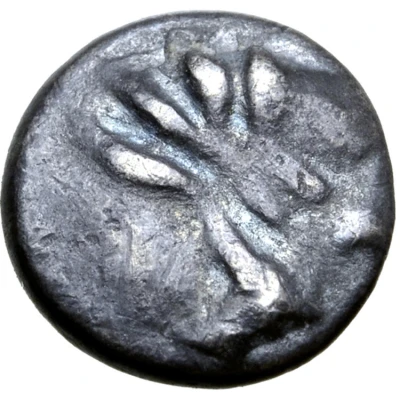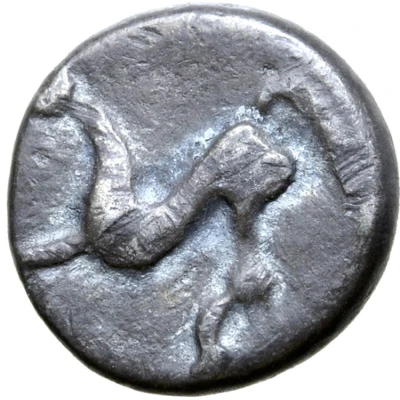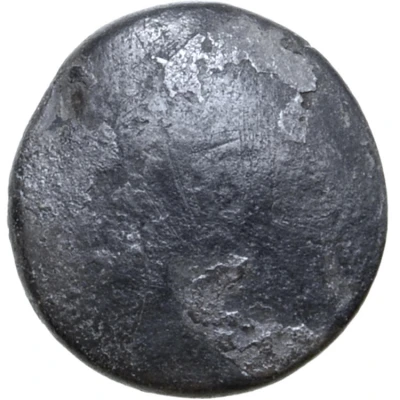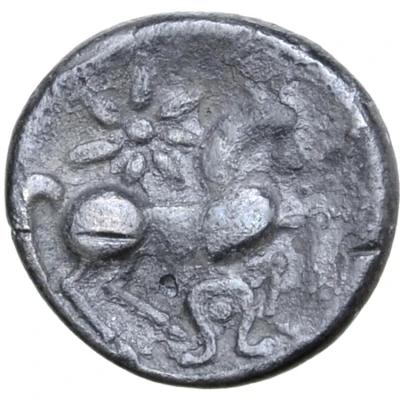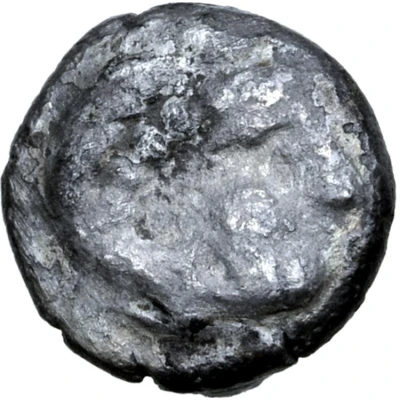
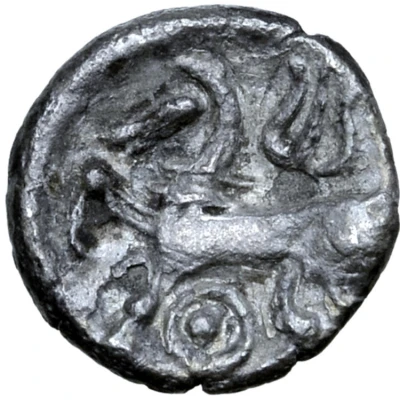

© Roma Numismatics Limited
Obol Leierblume Type 300 BC - 201 BC
| Silver | 0.70 g | 9 mm |
| Issuer | Uncertain Eastern European Celts (Uncertain Central and Eastern European Celts) |
|---|---|
| Type | Standard circulation coin |
| Years | 300 BC - 201 BC |
| Value | Obol (⅙) |
| Currency | Drachm |
| Composition | Silver |
| Weight | 0.70 g |
| Diameter | 9 mm |
| Shape | Round (irregular) |
| Technique | Hammered |
| Orientation | Variable alignment ↺ |
| Demonetized | Yes |
| Updated | 2024-10-09 |
| Numista | N#193875 |
|---|---|
| Rarity index | 100% |
Reverse
Horse prancing to left; pellet-in-annulet below.
Comment
Examples of this type:• Example #1 (0.70g, 9mm, 12h, Very Fine) - in main image:
◦ Ex-Hermann Lanz Collection; published in Michaela Kostial - "Kelten im Osten. Gold und Silber der Kelten in Mittel und Osteuropa, Sammlung Lanz", München, 1997, #523;
◦ Auctioned by Roma Numismatics Ltd, Auction XVII, 28 March 2019, Lot 133. Sold for 40 GBP.
Interesting fact
One interesting fact about the Obol (Leierblume Type) coin is that it features a unique design element - a stylized flower, known as the "Leierblume" or "Lily of the Valley" motif, which is depicted on the obverse (front) side of the coin. This design element is believed to have been inspired by the Lily of the Valley plant, which was considered sacred in ancient Celtic cultures and was often associated with purity, innocence, and new beginnings. The use of this motif on the coin may have been intended to symbolize the purity and value of the silver content, or to convey a message of peace and prosperity.
